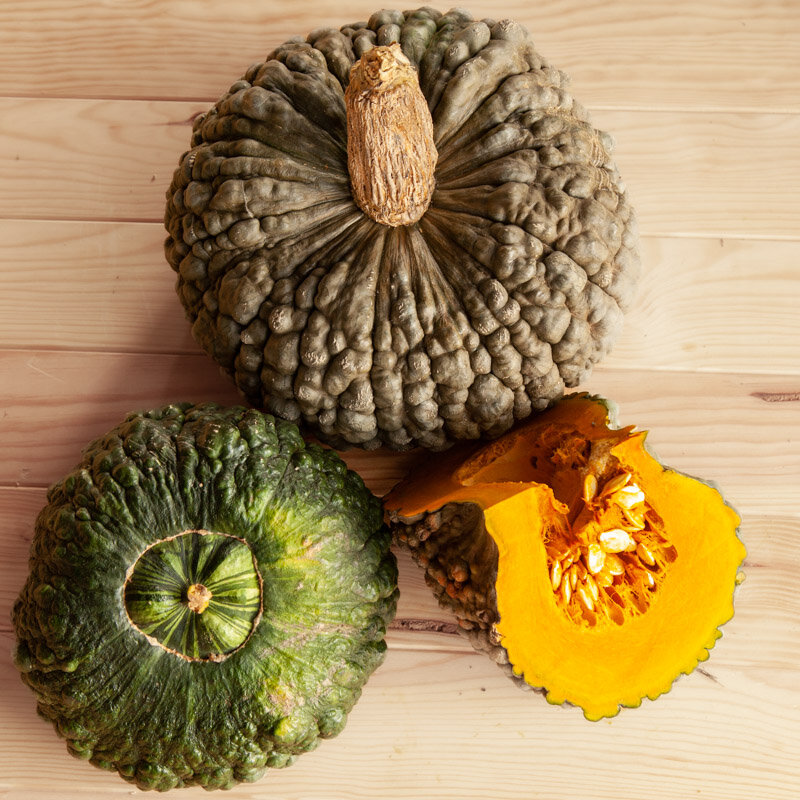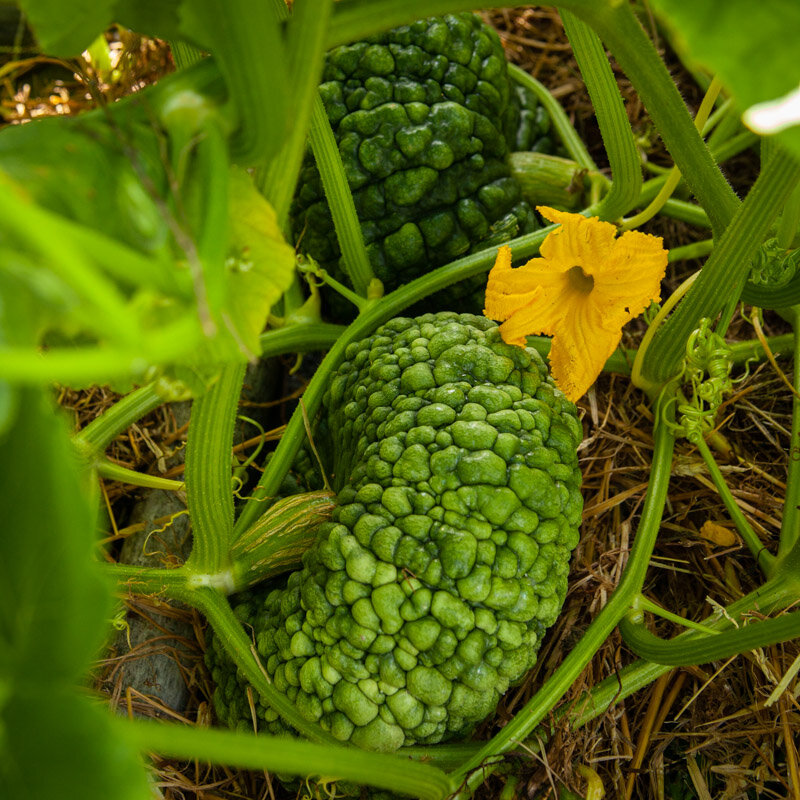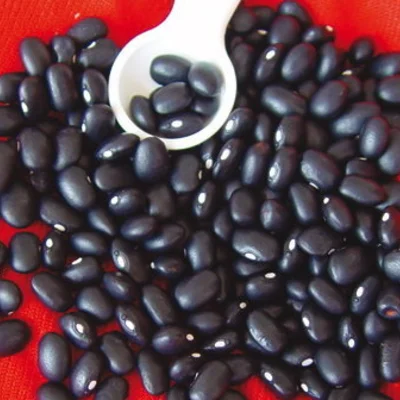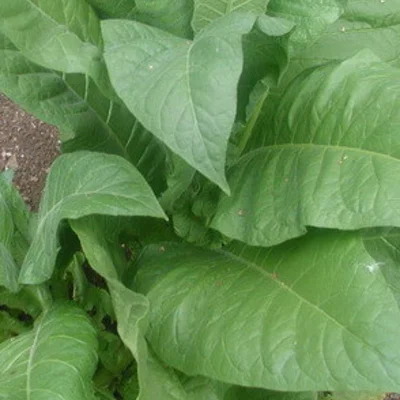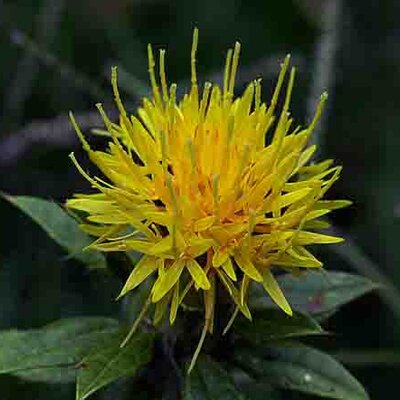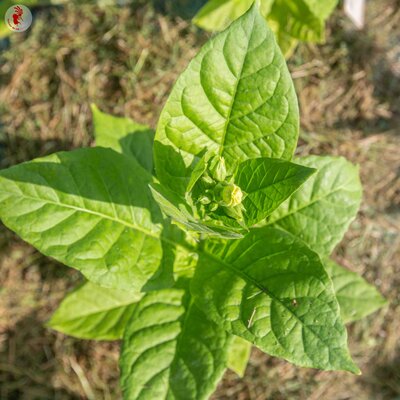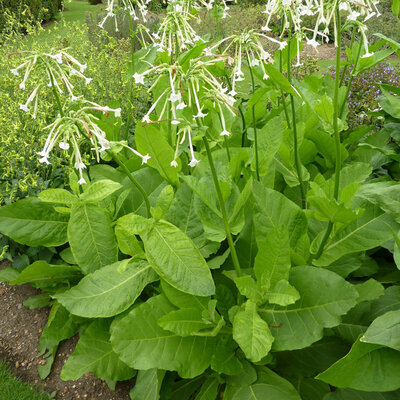Marina Di Chioggia - Maxima squash
Marina Di Chioggia squash is an ancient variety with round, slightly flattened, embroidered to warty fruits. They can reach 35 cm in diameter and weigh from 4 to 8 kg. The dark green or bronze-green skin encloses firm, sweet, orange-red flesh.
Description of Marina Di Chioggia squash
Marina Di Chioggia squash, Cucurbita maxima, is an ancient variety of fruiting vegetable native to northern Italy, near Venice. It produces up to 5 round, flattened, warty fruits, 20 to 35 cm in diameter and weighing 4 to 8 kg, with green or bronze-colored skin. The almost reddish-orange flesh is firm and sweet, and can be eaten cooked in gratins, soups or jams. In Venice, it is cut into quarters and served by boatmen, grilled in olive oil.
Sowing Marina Di Chioggia squash
Marina Di Chioggia squash is sown in pots of 2 to 3 seeds, 2 to 3 weeks before transplanting, from March to May.
Place seedlings under a light shelter, at a temperature of between 18 and 20°C, and keep the substrate moist until the seeds emerge. Be careful not to sow squash seeds too early in the season, in which case the roots will become fibrous, making growth difficult in the garden. Transplant into the vegetable garden once the last frosts have passed.
From April to June, after the last risk of frost, it is possible to sow directly in the garden in 2 to 3-seed stacks.
Prepare 2 weeks in advance holes filled with compost or organic matter, spaced 2 m apart in all directions, to accommodate the squash plants or seeds. Mulch the soil to maintain sufficient humidity and limit water evaporation.
Place a crate or tile under the fruit, without damaging it, to isolate it from the soil and prevent rotting.
To encourage the development of squash, combine companion plants such as corn and beans (milpa). Also plant basil to repel pests.
Harvesting Marina Di Chioggia squash
Although Marina Di Chioggia squash fruits can be harvested and eaten immaturely, those intended for winter storage should be picked as late as possible, before the first frosts, from July to November, when the stalk begins to dry out and the skin becomes thick. Be careful not to tear them off, but cut as close as possible to the stem, 10 cm above the stalk.
This variety of squash can be stored for several months in a well-ventilated, dry place, at a temperature of between 10 and 12°C.
These products may also be of interest to you
in bucket, in the ground
Sow in pots at 18-20°C, 2 to 3 weeks before planting. Transplant with the root ball into the ground, after the last frosts, at a minimum distance of 2 m in all directions. To sow directly in the ground, sow after the last frosts, once the soil has warmed up. In both cases, prepare holes filled with compost or organic matter two weeks in advance to accommodate your seedlings or seeds.
March, April, May
April, May, June
July, August, September, October, November
in the ground
sunny
fort
humus
rich, heavy, furniture
Cucurbita maxima
late
From 4000 to 8000 g
12 seeds
turban
farm
Bronze green
edible
From 150 to 400 cm
From 20 to 35 cm
runner
Italy
Inconnue
"Semences de Kokopelli" by Dominique Guillet
This ancient variety originated in Italy.



